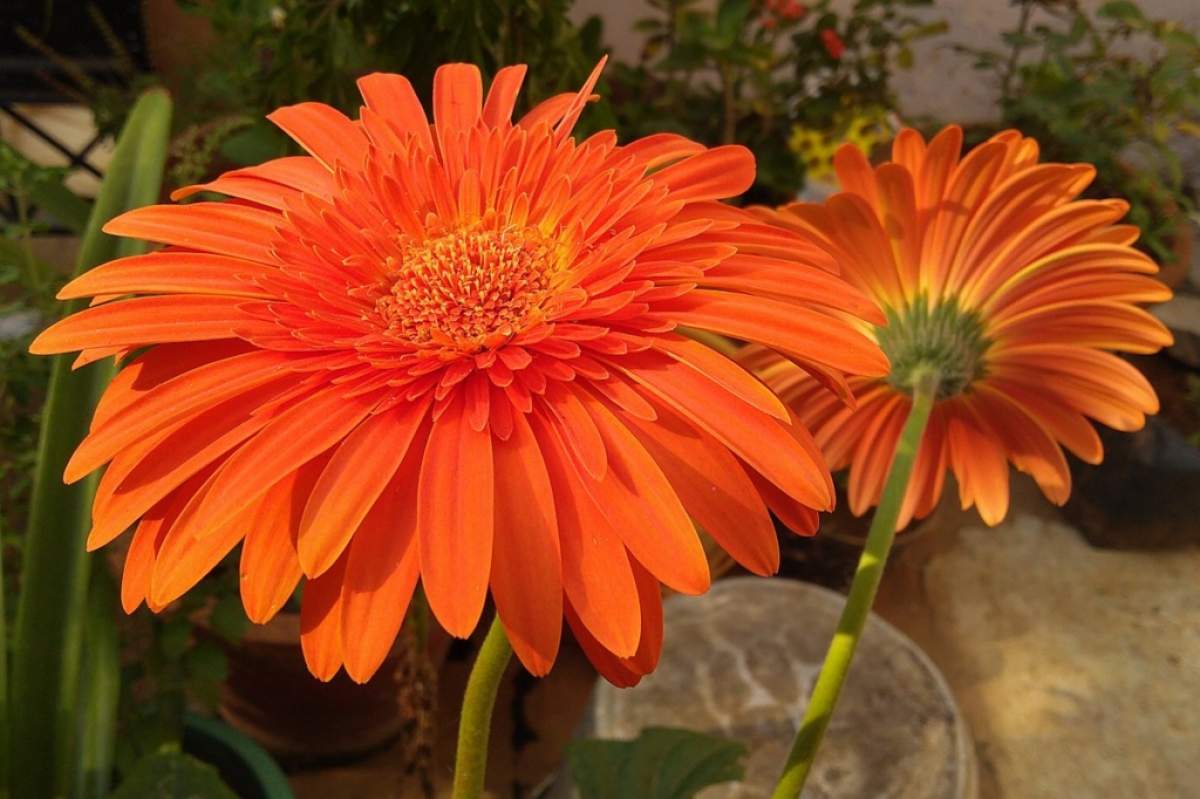
Flowering plants, as well as foliage plants, add freshness to the air in our homes during winter when the windows remain closed. Just two potted plants per hundred square feet will help cleanse the air and remove pollutants such as benzene and formaldehyde.
Formaldehyde can be released from carpeting, furniture, household cleaners, particle board, and plywood. To combat its effects grow azaleas, chrysanthemums, and at this time of year, lots of poinsettias in pots.
Benzene can be emitted from detergents, oils, plastics, dry cleaning fluid, varnishes, and tobacco smoke, as well as synthetic fibers. To combat benzene use potted plants such as peace lilies, gerbera daisies, and chrysanthemums.
Most houseplants need humidity and good light indoors. The challenge is to provide an environment similar to the conditions in the plant's native setting.
Some plants require a period of dormancy before they flower. In a home, dormancy occurs naturally when days get shorter, or when the plant is put in a cooler spot, or if water is reduced. Other types of plants never go dormant and seem to need the same amount of water, light, and heat year round.
Check the plant tags and the Internet to understand the particular requirements of your houseplants so they can be most efficient in removing pollutants from the air all winter.









